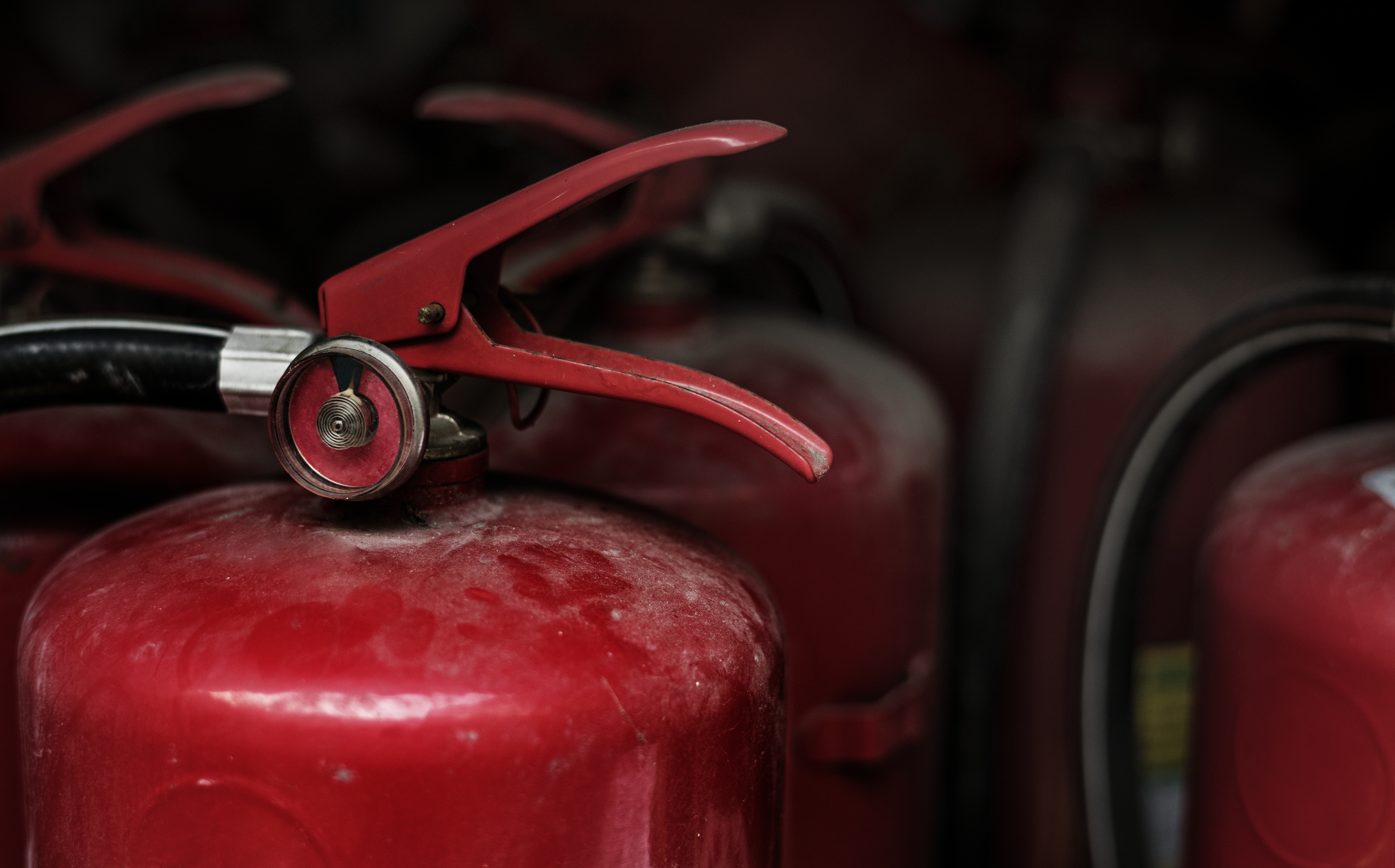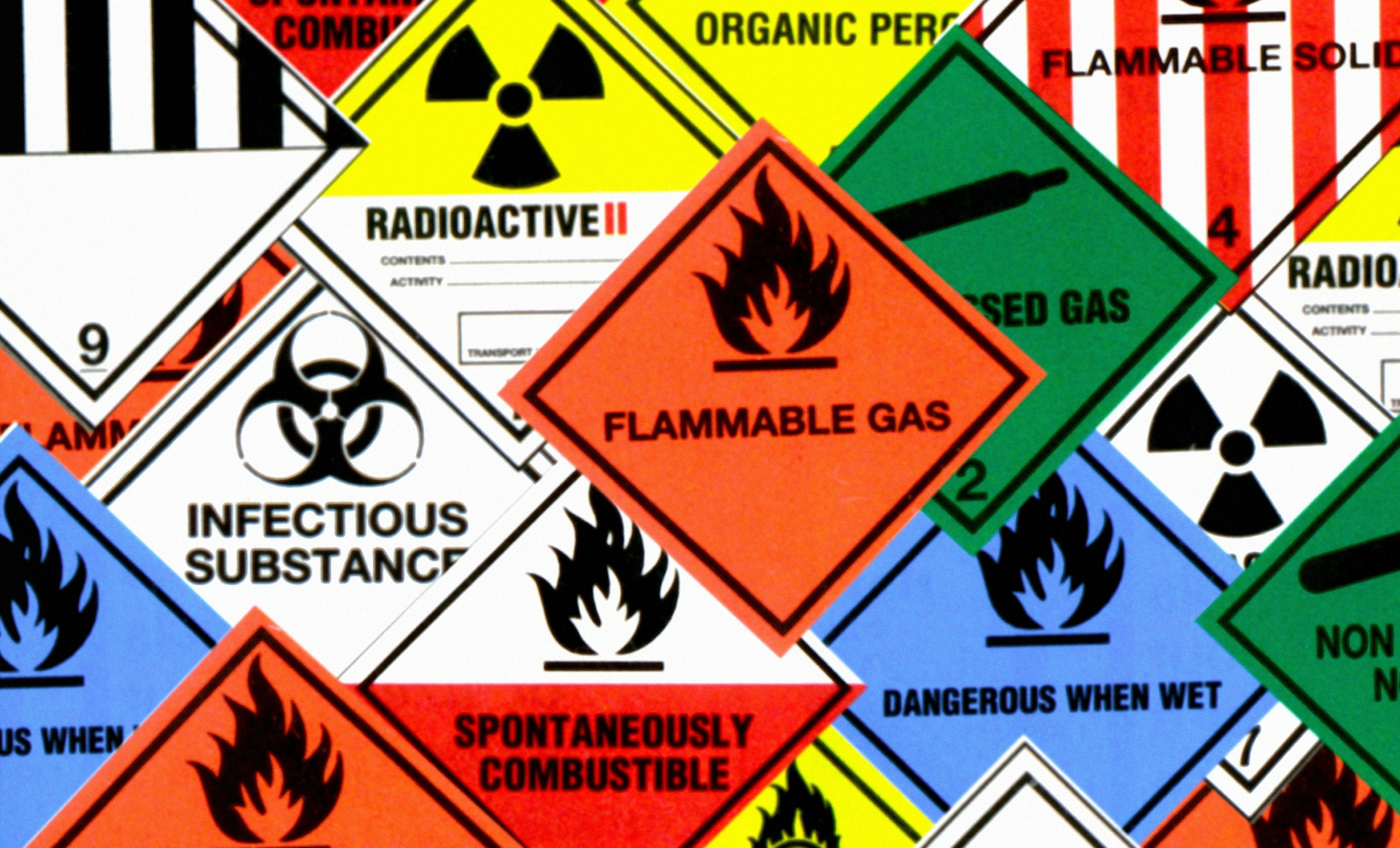Flammable vs Explosion Proof Cold Storage: What’s the Difference?
Introduction
Choosing the correct equipment for your laboratory can be a daunting task. Many laboratory settings handle hazardous and flammable materials. The safe storage of these substances is vital. In this article, we’ll focus on one often-repeated question in the industry—“What is the difference between flammable and explosion proof cold storage?”
It’s a great question. Let’s take a look.
Why Flammable Cold Storage?
Perhaps it goes without saying, but domestic refrigerators and freezers are unsafe to use for volatile substances. The reasons for this are plenteous, including electrical sparking hazards and exposed ignition sources inside the units. Lab workers need a safe place to store flammable liquids and flammable materials.
When it comes volatile cold storage, two main equipment choices are available: explosion proof units and flammable storage units. However, many people find it difficult to decipher between the two.
Let’s start with defining the purpose of each.

Defining Flammable Storage Refrigerators and Freezers
First, let’s look at flammable storage. Flammable storage refrigerators and freezers are built with a flame-resistant interior. The anti-sparking electrical components of these cabinets makes them ideal for storing substances of a flammable nature.
Most laboratories will choose flammable storage refrigerators since they meet the most common needs in standard lab settings. These spark proof units are ideal for chemical storage, storing flammable liquids, and flammable vapors.
But what if your lab setting isn’t standard? What if dangerous conditions exist outside the unit?
That’s where explosion proof units come in.
Defining Explosion Proof (HazLoc) Cold Storage
Explosion proof cold storage—also known as HazLoc (hazardous location) cold storage—takes on an addition role. An explosion proof refrigerator is built with a spark-free interior like a flammable unit, but it’s also built with a spark-free exterior. This quality makes it safe for lab settings where flammable atmospheric conditions could potentially exist outside of a cold storage unit.
Hazardous locations pose threats through exterior ignition sources. This is where your explosion proof refrigerator comes in to offer protection.
How do you know if your workspace has a flammable atmosphere?
If your work atmosphere is flammable, it will likely include combustible vapors or atmospheric dusts. These volatile conditions can become ignition sources in rare circumstances where safety isn’t guarded. Flammable atmospheres include Class 1 Division 2 atmospheres and similar conditions that are conducive to combustion.
Hazardous location refrigerators and freezers are designed to provide as much safety as possible in these high-risk zones. They require a separate sealed conduit for all electrical components to keep them out of danger. They also require a hard wired line and power cord plug for added safety.
For example, solvent dispensing rooms are a prime example of an explosion-prone atmosphere that would require a HazLoc unit. However, if you just need cold storage for a potentially volatile lab chemical, a flammable unit should be your choice.

Conclusion: The Simple Difference
In short, flammable units are internally protected, whereas explosion proof units are both internally and externally protected. The deciding factor between the two is the atmospheric conditions of your lab. So next time you’re shopping for lab-protecting cold storage—you’ll know what to buy.
American Biotech Supply
ABS proudly offers a full line of flammable and HazLoc cold storage for ultimate protection and untouched efficiency. Flammable units meet NFPA and OSHA guidelines 45 and 70 for the refrigerated storage of flammable (volatile) materials in general laboratory work areas. Our Hazardous Location refrigerators meet NFPA and OSHA requirements for Hazardous Location, Class 1, Division II, Groups C & D.
Explore today. ABS | American Biotech Supply


Technical Writer and Marketing Editor
Christine works as a Technical Writer for Standex Scientific. She holds a B.A. in Creative Writing and has used her writing expertise in various companies from engineering firms to non-profits.

